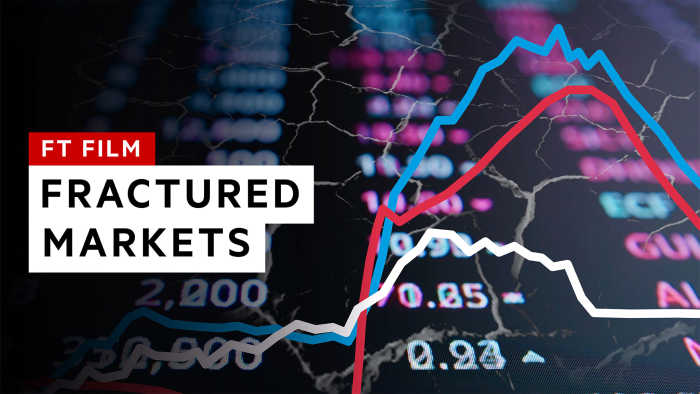Gillian Tett

How could regulators have missed the risks at Silicon Valley Bank? That is the question many shocked investors were asking on Monday.
After all, the fact that SVB was sitting on a massive, unhedged portfolio of long-term Treasuries was no secret; last year, JPMorgan circulated shocking calculations to its clients (which were recirculated this week) that showed that these (then) unrealised losses could wipe out tier one capital.
But while some former clients of SVB tell me that this prompted them to withdraw money back then, the bank’s regulators — namely the Federal Reserve and California regulators — seemingly did nothing.
Worse still, SVB’s top managers were permitted to sell their shares two weeks ago, just before a bungled attempt at capital raising. This is shocking.
So what made people so blind? One factor was America’s fragmented regulatory structure, which often causes problems to fall between the cracks.
Another was politics. Republicans have pushed to loosen bank regulations in recent years and banks such as SVB have previously lobbied to be excluded from the category of “systemically important banks” — meaning they faced lower capital and liquidity standards. This is mad.
But the other problem is that investors and regulators — like generals — are trained to fight the last war. Most notably, they spent the past decade worrying about credit and liquidity risks, since these respectively created the 2008 financial crisis and the market freeze in 2020.
Interest rate risks, however, have grabbed less attention because they have not posed a significant threat in recent decades. Indeed, the last time they caused big losses (in derivatives markets) was in 1994, when entities such as Orange County were hit hard.
However, nobody under the age of 50 would have seen this drama first hand; instead, they have built their careers in a world in which it seemed as if rates were destined to stay permanently low.
Some of the US regulators that watch small banks, such as the Office for the Comptroller of the Currency, have tried to track rate risk in recent years. But SVB was not regulated by the OCC.
Meanwhile the Fed, for its part, has had little incentive to raise public alarm about the potential interest rate risks sitting inside banks. After all, it arguably created the mess itself by unleashing extreme quantitative easing.
Thus it has been easier for everyone in the system to talk about the last war — ie credit risk — while ignoring the elephant in the room. Doubly so since the Basel regulatory framework assigns a zero risk weighting to government bonds, precisely because they are supposed to be super safe.
This is certainly not the first case of such generational cognitive bias. In the run-up to the 2008 crisis, regulators and private sector risk committees missed the dangers posed by supposedly “safe” bundles of mortgage bonds because they were obsessed with the problems behind the previous two financial crises — namely hedge funds (which created shocks in 1998) and risky corporate loans (ditto in the 2001 dotcom bubble).
But while cognitive bias is an unavoidable feature of being human, the SVB saga shows that investors and regulators urgently need to get a better sense of imagination — and history. After all, SVB is not the only example of an institution making a dumb one-way bet that rates would stay indefinitely low; Britain’s pension crisis erupted last autumn because of similar assumptions.
So if anybody is still making that bet now, they urgently need to think — and think seriously — about a world where rates could stay higher for longer than anyone thinks. Especially so given that expectations around the Fed’s next move changed so dramatically on Monday. We cannot assume that any respite in rate rises will last; whatever the (youthful) herd thinks now.

Fractured markets: the big threats to the financial system
No comments:
Post a Comment